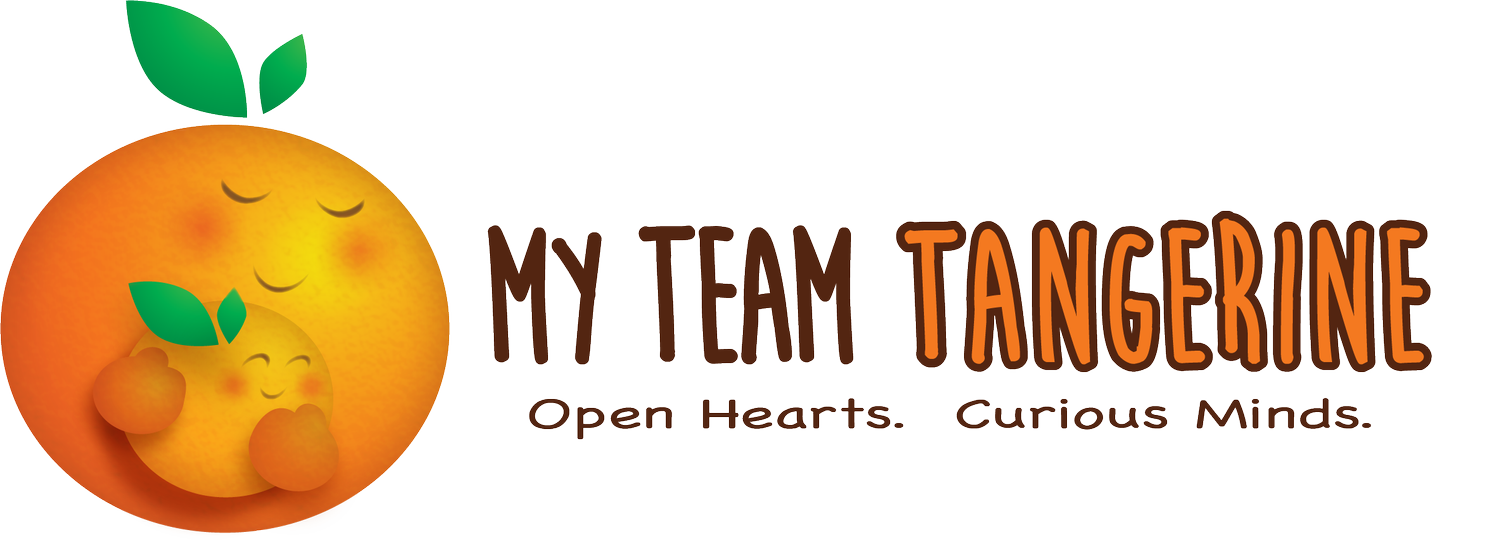The World Through Your Child’s Eyes
As adults we all have slightly different views or perspectives of the world. Our experiences, beliefs, values, cultural backgrounds, and habits all influence our perspectives. Your children see the world differently too, especially compared to adults. Why do children see the world differently than adults?
Children have different—and less—life experiences than adults.
Children have a strong imagination.
Children may have different values compared to adults. (For example, children may value
play, fun and humor more than some adults.)
Children’s brains developmentally function differently than adults, effecting how they
process experiences and information. (See article here; research here and here.)
Children’s small body sizes make them experience the world differently, too.
When you are parenting, keep in mind that your child is likely viewing a situation, experience, or information differently than you. This alone may explain why your child is reacting or responding in the way they are to the situation. For example, I was at the zoo one day with my eighteen-month-old nephew. While we were looking at the bears, a butterfly landed on the railing. I said, “Look, Nathaniel!” and pointed at the butterfly. My nephew looked at my index finger instead of what my finger was pointing at. And no matter what I did, he proceeded to follow my hand and finger with his eyes. He just did not have enough experience yet with someone pointing something out; therefore, he responded by looking at me and my hand since I was the one talking to him.
This is also a great example at how these gaps between a child’s perspective and your perspective can make communicating more challenging. In my situation above, I was never able to convey my message to my nephew, and the butterfly flew away before he saw it. Now that situation is one that my family and I were able to laugh about, but there are lots of situations when there is far less humor and far more frustration.
Fortunately, there are some practical ways you can better understand your child and their perspective. When you understand your child’s point of view, you can better understand
them, their reactions or responses, and hopefully be able to communicate and parent in a way that resonates with them.
Here are six practical ways to help you understand your child’s perspective:
Observation. Regularly watch your child without any distractions. No detail is insignificant.
Get curious. Ask your child lots of questions without judgement, but with open curiosity.
What do you see? What are you doing? Why did you do that? How does that make you feel?
What do you think that means?
Get on their level. Get on your knees and walk around at their level, or crawl on the floor
at their level. This is especially helpful when you have children age five and younger.
Remember your childhood. Think about your own childhood memories. How did you feel?
What did you think? How were you different than you are today as a parent?
Play with your child. A child’s imagination is a huge part of their world. Follow their lead
and do not interfere with how they want to do it. Being fully present with your child while
playing with them is one of the best ways to see how they are interpreting the world.
Seek professional help. In situations when you lack the skill, and/or your child has
developmental or mental health disorders, seeking appropriate help is one of the best ways you can better understand your child.
Following the above practical steps is often far easier to do when your children are young (under the age of ten). But when your children become pre-teens and teens, that sense of understanding and humor often diminishes. Without mutual understanding between parent and child, feeling frustrated, misunderstood, and miscommunications can run rampant.
Here are three practical ways to improve understanding between you and your older child.
Have family meetings. Designating weekly time to meet and talk as well as involving your
older child on family decisions is a great way to improve understanding and communication.
Set simple and clear family rules that are consistently reinforced. Even older children need
clear boundaries and consequences.
Get curious. This one from the above list remains important. Asking questions and showing
a clear interest in your child (and not in a judgmental way) is one of the best ways to see the world from their perspectives. Since older children can be a bit more guarded, wait to ask questions when they are relaxed and feeling safe and comfortable.
You and your child having different perspectives may feel challenging at times, but remember this is normal. In many ways it is a beautiful thing too, because it helps us to grow and learn from each other. Learning to see the world from someone else’s perspective helps our inner worlds grow bigger, allowing us to be more flexible and relatable to others.
